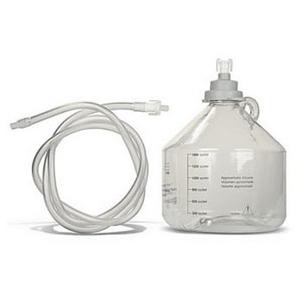When a man requires partial or complete removal of his prostate gland due to cancer or other medical conditions, it can be a very technical and precise procedure. The prostate is located in an area of the body that is surrounded by a bundle of nerves and can be tricky to remove without avoiding injury to the bladder or rectum. During surgery, the urethra is cut to separate it from the prostate. Making the incision too close can damage the urethral sphincter and surrounding nerves, potentially causing prostate surgery incontinence. Nerve-sparing robotic surgery is a safe and minimally invasive technique for the removal of the prostate gland.
What is Nerve-Sparing Prostate Surgery
Nerve-sparing surgery is the process of a precise and careful attempt to spare any damage to the nerves that are extremely close to the tissues that are going to be removed. When the surrounding nerves are not preserved, a man may suffer from prostate surgery incontinence, erectile dysfunction (ED), or other complications.
Using the nerve-sparing robotic technique, surgeons can improve the outcomes and minimize trauma to the neurovascular bundle around the prostate gland. The urinary system consists of many nerves, and they all work in conjunction to make sure the urinary tract and bladder properly function. When the nerves are damaged, communication to the brain is interrupted, and a person then suffers from prostate surgery incontinence. Temporary or permanent ED may also be another result of prostate surgery. As you can see, using the robotic technique can significantly reduce harm to this sensitive area of the male anatomy and help prevent ED and incontinence after prostate surgery.
Prostate Surgery Incontinence and Erectile Dysfunction
 Once the surgery is complete, the surgeon reconnects the bladder to the urethra. A Foley catheter remains in place for approximately a week, and once that is removed, many times, men will experience prostate surgery incontinence. This can be one of the most bothersome issues and can be temporary or sometimes permanent. When the nerve-sparing robotic technique is used, permanent prostate surgery incontinence is rare.
Once the surgery is complete, the surgeon reconnects the bladder to the urethra. A Foley catheter remains in place for approximately a week, and once that is removed, many times, men will experience prostate surgery incontinence. This can be one of the most bothersome issues and can be temporary or sometimes permanent. When the nerve-sparing robotic technique is used, permanent prostate surgery incontinence is rare.
Another potential complication of prostate surgery is erectile dysfunction. Nerves, muscles, and blood vessels are all involved when a man gets an erection. Any damage to these can cause him to have erectile dysfunction following this surgery. In some cases, this may be temporary. However, it can also be permanent, and achieving an erection will only be possible with the assistance of medical devices like the Encore Medical Revive Custom Manual Vacuum Therapy System or the Timm Medical Technologies Osbon OTC ErecAid Vacuum Therapy System. You can view more of these devices here.
Prostate Cancer Results
When a man is diagnosed with prostate cancer, he has a big decision to make on the type of treatment that is best for his needs. Nerve-sparing robotic prostate surgery is often the preferred choice by surgeons to avoid long-term prostate surgery incontinence and the potential for impotence. During robotic surgery, the incisions are extremely precise, and the margin of error in harming the nerves, muscles, and valves is greatly reduced. This process is also minimally invasive, which helps to lessen any post-operative pain and also shorten recovery time.
Because the prostate lies between the bladder and the rectum and is wrapped around the urethra, many vulnerable nerves are at risk. The standard operation is a delicate task and can leave room for disrupting the bundle of important nerves used to control the bladder and penis.
Opting for the nerve-sparing operation can help an experienced surgeon spare some or all of the nerves that run along the sides of the prostate gland. This provides a greater chance that the patient preserves his potency and will not need the assistance of any medical devices or incontinence products for the potential of incontinence after prostate surgery. Nerve-sparing surgeries can reduce the risk of prostate surgery incontinence, erectile dysfunction, and possible other complications. The robotic-assisted surgery uses precision that might not be able to be achieved by the surgeon alone.
Managing Prostate Surgery Incontinence and Erectile Dysfunction
 Should any of the nerves, muscles, or valves of the urethral system be damaged, the use of certain incontinence products and/or other devices may be required for those who experience incontinence after prostate surgery. Once the prostate gland is removed, it is extremely important that the bladder is well constructed to prevent urine leakage. Typically, the leakage that happens after the procedure is light to moderate, and a male guard or an incontinence pad for men can be worn. These products are specifically designed with the male anatomy in mind to be discreet, provide maximum comfort, and deliver the protection needed.
Should any of the nerves, muscles, or valves of the urethral system be damaged, the use of certain incontinence products and/or other devices may be required for those who experience incontinence after prostate surgery. Once the prostate gland is removed, it is extremely important that the bladder is well constructed to prevent urine leakage. Typically, the leakage that happens after the procedure is light to moderate, and a male guard or an incontinence pad for men can be worn. These products are specifically designed with the male anatomy in mind to be discreet, provide maximum comfort, and deliver the protection needed.
Should ED follow after prostate surgery, a man may need to use a medical device to achieve and maintain an erection due to the disruption of the blood and nerve supply. There are many devices available that can help, such as Vacuum Therapy Systems and clamps.
Learning that you or a loved one may have been diagnosed with prostate cancer or another condition that has affected this gland may be very difficult. Know that there are treatment options available to you if you experience incontinence after prostate surgery, no matter your age. Always consult with your medical practitioner for expert advice and options available to you. Should you have any questions about the products that we offer, our Product Experts are just a phone call away.






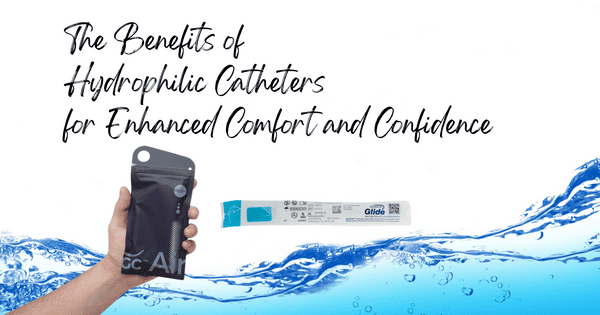
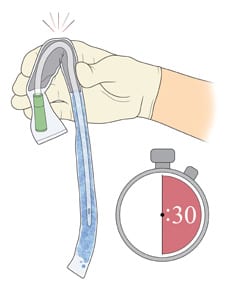 To do this, follow these four steps:
To do this, follow these four steps:
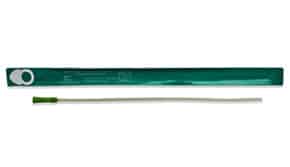
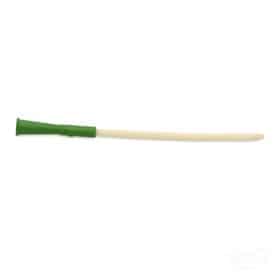
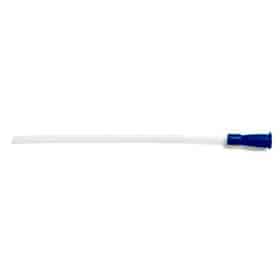




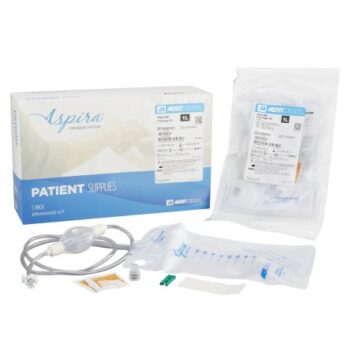
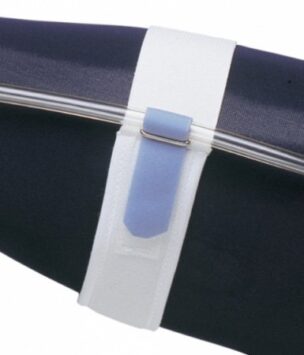







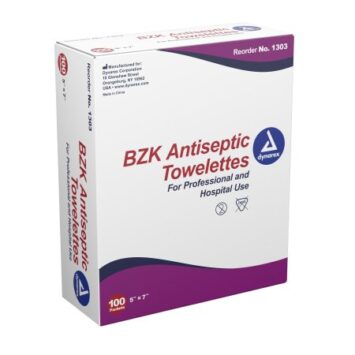






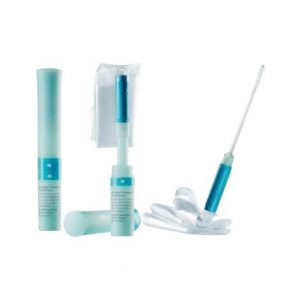
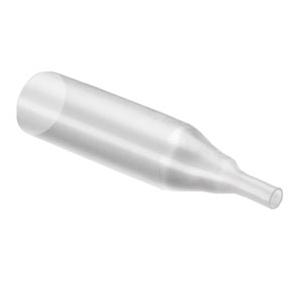













 To change a urine bag, start by emptying the old bag into a toilet or sink. It is essential to do this thoroughly, as any residual fluid can lead to a potential infection.
To change a urine bag, start by emptying the old bag into a toilet or sink. It is essential to do this thoroughly, as any residual fluid can lead to a potential infection.


